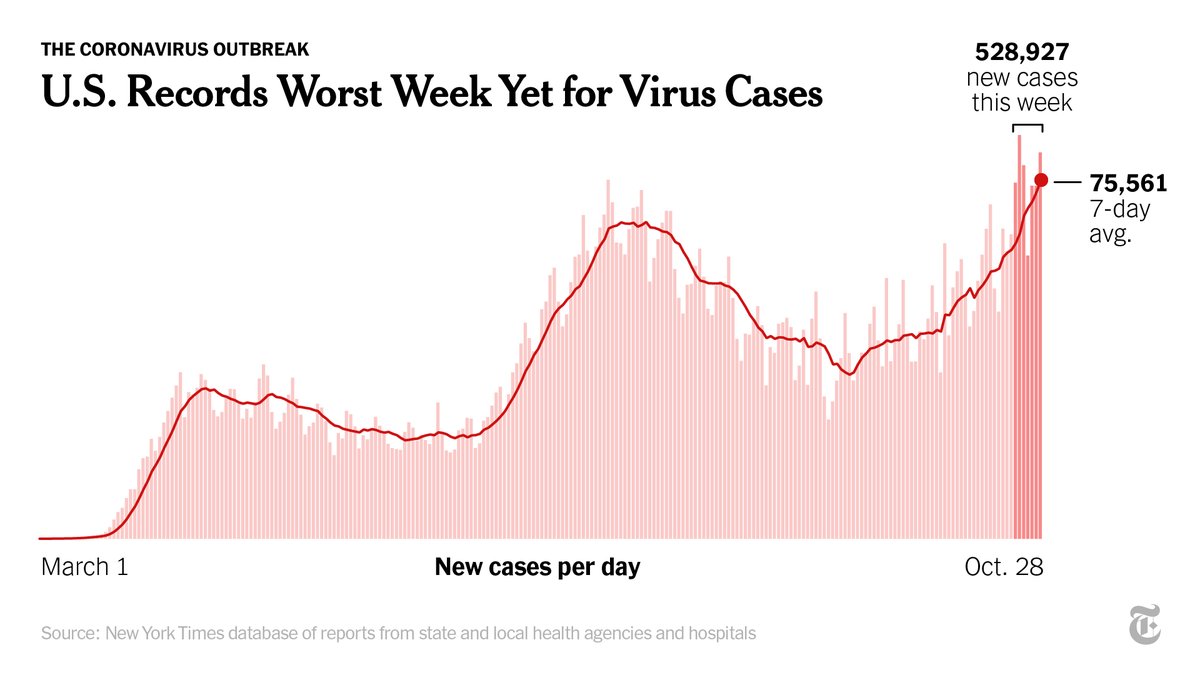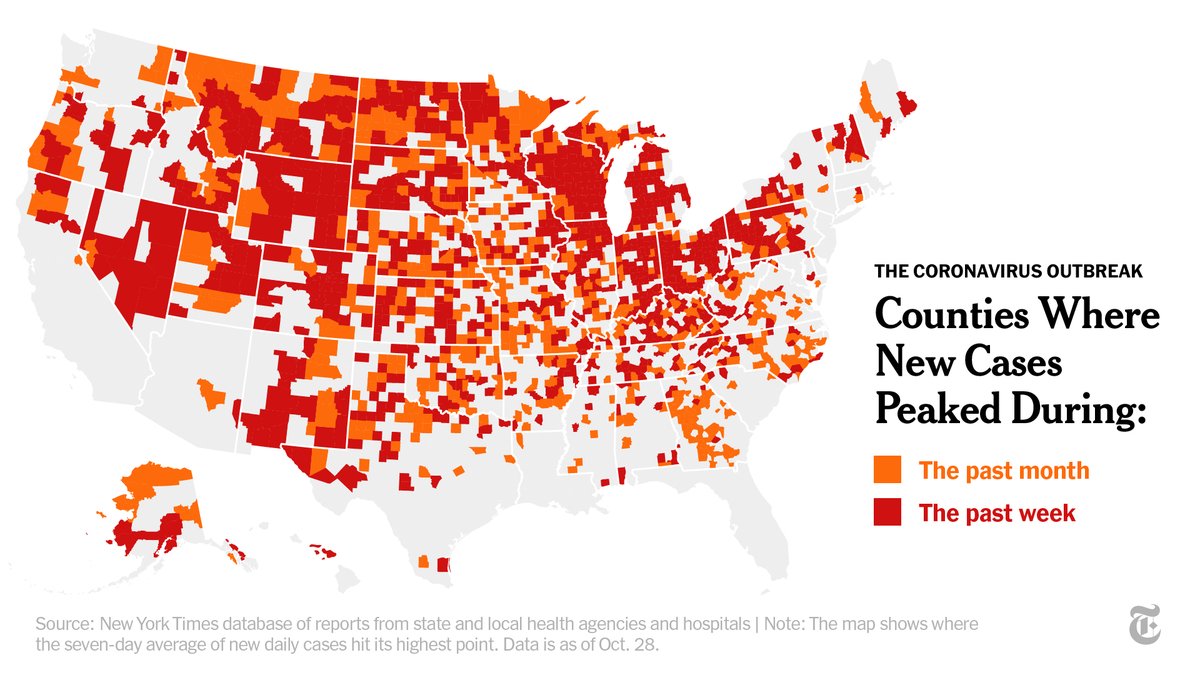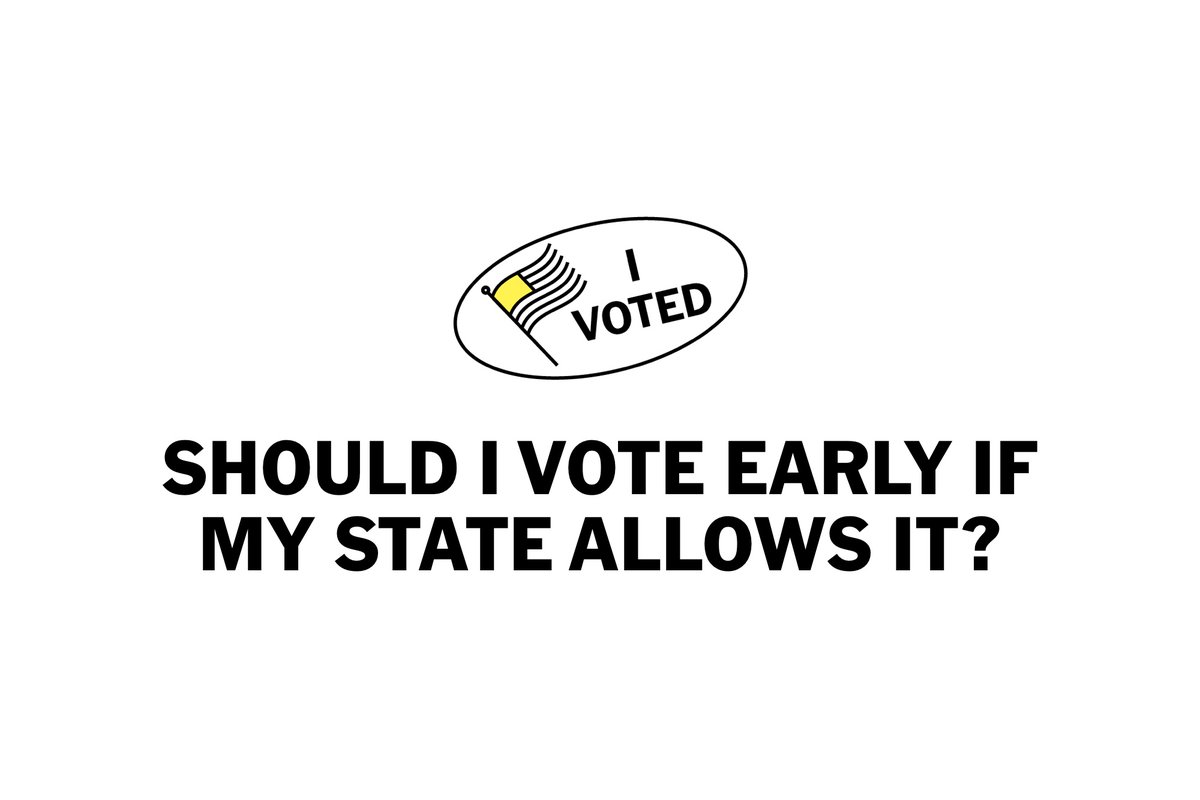
Breaking News: The U.S. economy grew 7.4 percent in the third quarter, a 33.1 percent annual rate, the biggest gain ever. But GDP still lags pre-pandemic levels. nyti.ms/2HCaRjL
Economic growth from July through September was the biggest since reliable statistics began after World War II.
Still, the economy remained 3.5% smaller in the third quarter than at the end of 2019, before the pandemic. By comparison, GDP shrank 4% during the Great Recession.
Still, the economy remained 3.5% smaller in the third quarter than at the end of 2019, before the pandemic. By comparison, GDP shrank 4% during the Great Recession.

The report was the last major piece of economic data before the election. President Trump hailed the gain as evidence of a healed economy. But economists said the figures revealed less about the strength of the recovery than about the severity of the collapse that preceded it. 

With Americans rushing to buy cars and equipment for their new homebound lifestyles, spending on durable goods was particularly strong. But spending on services like restaurant meals, gym classes and vacations remains 7.7% below its pre-pandemic level. nyti.ms/3oG3KXS 

The economic recovery isn’t reaching everyone, notably Black and Hispanic workers, especially women. Nearly half a million Hispanic women have left the labor force over the last three months. nyti.ms/3jHZLq6 

Read @bencasselman’s explainer on why a record gain in GDP does not signal a healed economy. nyti.ms/37Qggy2
And here’s why the GDP numbers out today can mislead, by @Neil_Irwin. nyti.ms/3kLnSWw
• • •
Missing some Tweet in this thread? You can try to
force a refresh











